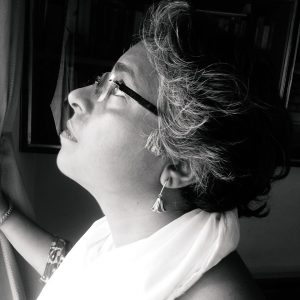 It has been a delight discovering and re-discovering my city’s historical past, its lanes, by lanes and alleys, the buildings, localities. The city of Kolkata, Calcutta, has been revealing itself to me in myriad ways as I walk down its streets, with familiar buildings and streets bringing up to new facets of the city’s past, its people in ways that delight. A few days ago I read a novel that weaves in history into its narrative not the history of the city I live in, but another Indian city in the distant past. What is even more fascinating is the fact that the novel is a detective novel.
It has been a delight discovering and re-discovering my city’s historical past, its lanes, by lanes and alleys, the buildings, localities. The city of Kolkata, Calcutta, has been revealing itself to me in myriad ways as I walk down its streets, with familiar buildings and streets bringing up to new facets of the city’s past, its people in ways that delight. A few days ago I read a novel that weaves in history into its narrative not the history of the city I live in, but another Indian city in the distant past. What is even more fascinating is the fact that the novel is a detective novel.
Madhulika Liddle’s Crimson City features Muzaffar Jang, the Mughal nobleman who solves crimes. Set in 1657 at a time when the Mughal army under Aurangzeb has laid siege to the Bidar fort, the novel recreates the era and the people. The city of Dili is rife with rumours of what is happening in the Deccan
The city that was Kotwal Sahib’s domain. A restive, uneasy city, one that had been established with great pomp and show after the Baadshah had shifted his capital from Agra north to Dilli a few years earlier. It was still a grand city, fashionable and busy and glamorous. But, like every other city – even the most beautiful – Dilli had its underbelly, and keeping that clean was Kotwal Sahib’s job.
In the neighbourhood where Muzaffar Jang lives, a cloth merchant is found murdered and there seem to be no apparent motive for the murder. Muzaffar Jang would like to investigate, however, his brother-in-law, the Kotwal of Dilli, asks him not to interfere. There are other crimes that take place too, a money lender’s son is kidnapped, an affluent and well known merchant is found dead and there is another murder too in the same neighbourhood.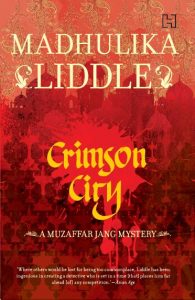
While mystery and murders are important aspects of the narrative of the novel, Crimson City has other episodes too, that are wonderfully evocative of the city of Dilli, of the times.
Dilli Darwaza squatted, grey and formidable, at the end of the straight broad road known as Faiz Bazaar. This was one of the nine gates that pierced the city walls, and like Lahori Darwaza, Kashmiri Darwaza, and Ajmeri Darwaza, was named for the direction it faced. In this case, the old city of Dilli, south of the grand capital Shahjahan had built. Just south of Dilli Darwaza could be seen the ruins of the 200-year old Firoz Shah Kotla, the citadel built by the long-ago Sultan Firoz Shah Tughlaq. Shahjahan’s teams of builders had plundered Firoz Shah’s fortress ruthlessly, stripping it of its red sandstone and its marble, leaving behind only the rubble they did not care to reuse.
Liddle wonderfully presents the city of Shahjahanabad, old Dilli, with its lanes, by lanes, the havelis, the gardens, transporting the reader into another time and place.
The element of mystery, with the many murders and the several characters that Muzaffar Jung encounters, lead into a maze like state, of events that lead on to the end with the killer revealed. Muzaffar Jang is characterized by an intuition, a perseverance that helps him to follow up on all incidents and events that would be of help to him in solving the murders. Jang’s newlywed wife Shireen is someone interested in his detective work, someone on whom Jang has come to rely. Her good sense and abilities stand him in good strength and she does play an important part at the end of the novel.
A woman of relatively few words, though those words were invariably kind or sensible, or both. It was only in the presence of a very select few that she let herself relax and say whatever came into her head, without weighing it beforehand.
She was doing it now. Thinking through the puzzle Muzaffar had presented, and trying to find her way through it.
Liddle excels in the presentation of the historical era – the Mughal court, the position of Hindus in the court and in the time, the historical figures, the state machinery, the flowering of Persian poetry at the court, the various other religions, life in Mughal times. However, there is not much poetry and art in the novel which focusses more on the mystery, on the murders that pile up and their unraveling. In Crimson City Liddle takes time to solve the murders and the pace of the novel is not fast and hurried.
Crimson City is the fourth in the series of novels that feature Muzaffar Jang as the central protagonists. I must say that I have not read the others in the series and yet did not have any trouble following the narrative of this novel.
*




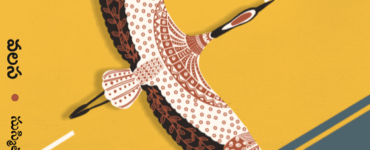

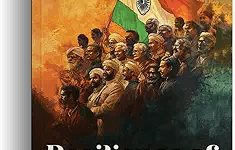
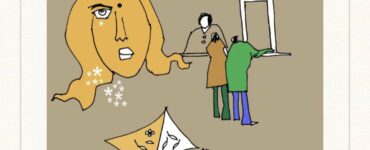
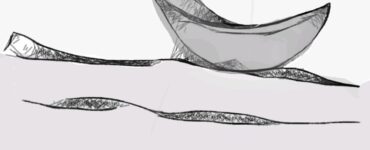
Add comment